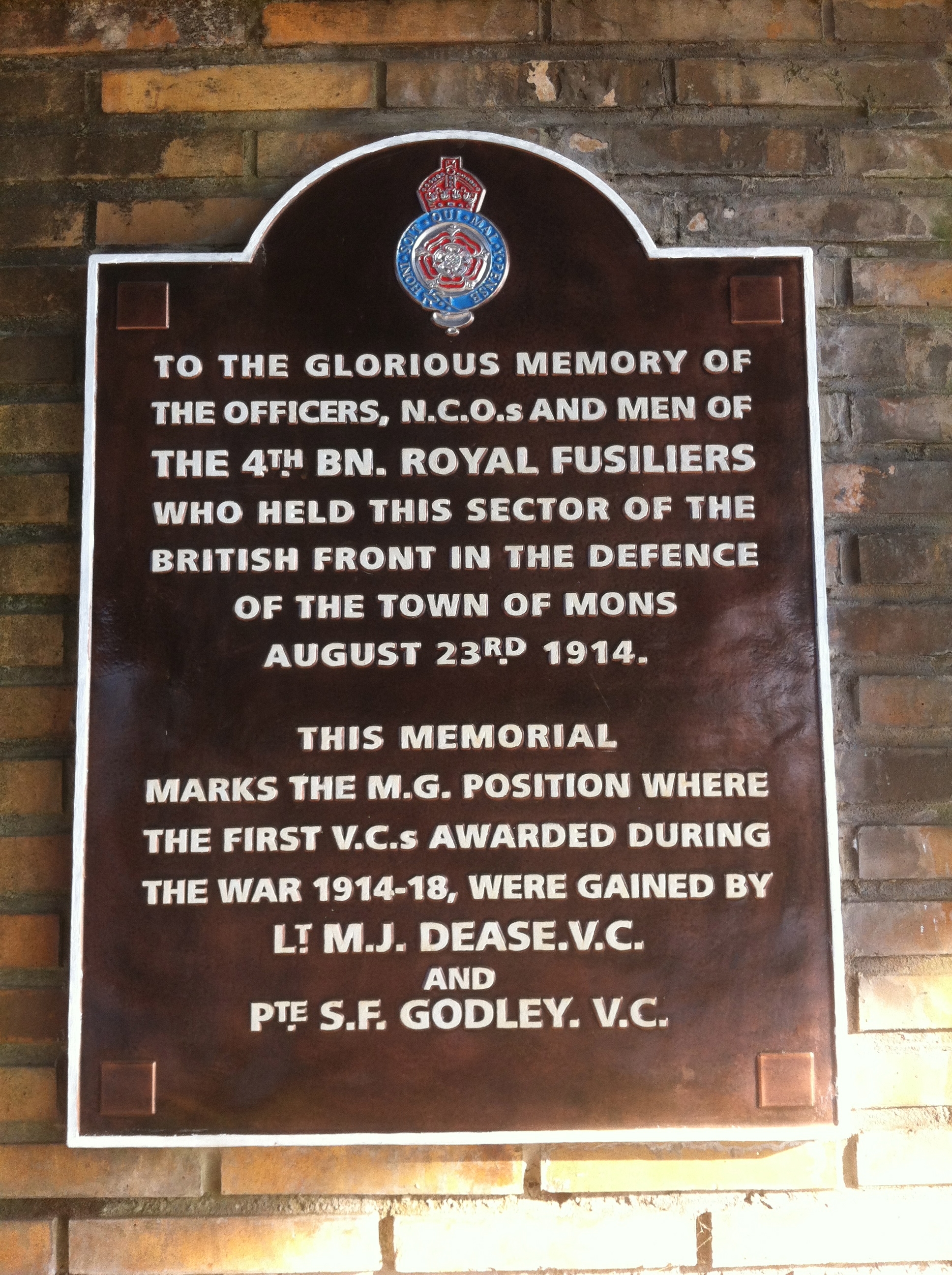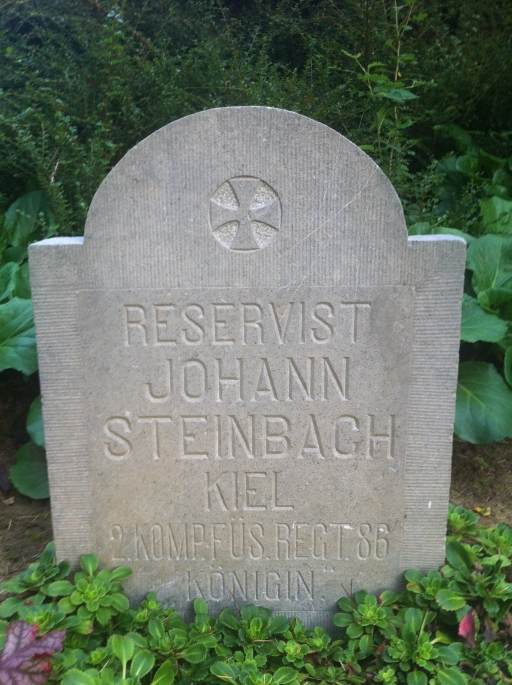Centenary News’ Dan Hayes reports on how the Belgian city of Mons intends to commemorate its role at the beginning and the end of the First World War.
On 21 August 1914 two soldiers from 4th Battalion, the Middlesex Regiment were sent out, on bicycles, to reconnoitre in front of British positions near the Belgian city of Mons.
Within a short time the pair had found what they were looking for – advance units of the German army. While one of them peddled back to his unit to pass on the information, the other, private John Parr, attempted to delay the German troops. In the ensuing exchange of gunfire he was mortally wounded, becoming the first British soldier to die in battle in the First World War.
Two days later, the Germans launched an all-out offensive aimed at pushing back the British from the defensive line it had established along the Mons-Conde canal.
The area around the railway bridge that carries the line from Mons to Brussels was held by the 4th Battalion the Royal Fusiliers. The battalion’s two machine guns, under the command of lieutenant Maurice Dease, were placed on the bridge itself to give them a clear view of the opposite bank.
But this also amounted to an extremely exposed position and the gunners were gradually killed and wounded as members of the German 84th (Schleswig-Holstein) infantry regiment attempted to force their way over the canal. Although injured himself, Dease continued to fire until he was finally dragged away to receive medical attention.
One of the rifle company privates, Sydney Godley, volunteered to take over. For a further two hours he operated one of the machine guns, preventing the German troops from crossing the bridge and giving his comrades the opportunity to pull back into Mons.
Dease died of his wounds shortly afterwards, but both he and Godley – who became a prisoner of war – were subsequently awarded the Victoria Cross.
The railway bridge is one of the places on the Mons 14-18 Battlefield Guide that can be sourced from the city’s tourist office.
Other sites in the guide include the station at Obourg, where 4th Middlesex were heavily engaged before being forced to retreat. Here, the German advance was held back by a single soldier who took up a position on the station roof. His identity is unknown, but his action is commemorated on a plaque that has been placed on a segment of the old station wall.
Perhaps the most memorable stop on the self-guided tour is the St Symphorien Cemetery. Initially created by German forces in 1914 it is the final resting place for both British and German soldiers, who lost their lives in both the first and last battles of the First World War.
It is an almost disconcertingly beautiful place, ringed by tall pine trees and with roses blooming amid the graves.
Among those buried here is John Parr of the Middlesex Regiment, his grave opposite that of the last British soldier to die in battle in 1918 – private George Ellison of the 5th Lancers. Also buried here is the VC-winning lieutenant Dease.
Next year St Symphorien will be one of the focal points of Mons’ commemorations of the First World War. On 4 August 2014 it will be the venue for an event that will mark the beginning of the city’s official commemorations of the First World War and a member of the British Royal Family – as yet unannounced – will be present.
In 2015 the city will also see the opening of the Mons Memorial Museum that will focus on the military history of the city and will showcase more than 5,000 exhibits in a 3,000m sq site.
The First World War will comprise a major part of the museum and will focus on the experience of both soldiers and civilians living on the front line of the conflict.
The surrounding city itself will also tell part of the story. The Grand-Place, with its 15th-century town hall, looks almost exactly as it did in 1914. A famous photograph of A Company, the 4th Battalion Royal Fusiliers, looking hot and tired after a long march and taken on 22 August 1914, the day before the battle, shows the square looking almost exactly as it does today.
They would have assembled their kit and marched away along the Rue de Nimy, past buildings that still stand, to positions on the canal a couple of kilometres away. The next day the fusiliers lost seven officers and 105 other ranks (killed, wounded and missing). It’s almost certain that some of those in the photograph are commemorated, like lieutenant Maurice Dease and private John Parr, at the St Symphorien military cemetery.
Mons 14-18 key dates
4 August 2014: visit of Belgian and British government officials to St Symphorien cemetery
23 August 2014: commemoration events in the Grand-Place focused on the story that grew up around the Angels of Mons
11 November 2014: ceremonies to mark the centenary of the Armistice

© Centenary Digital Ltd & Author
